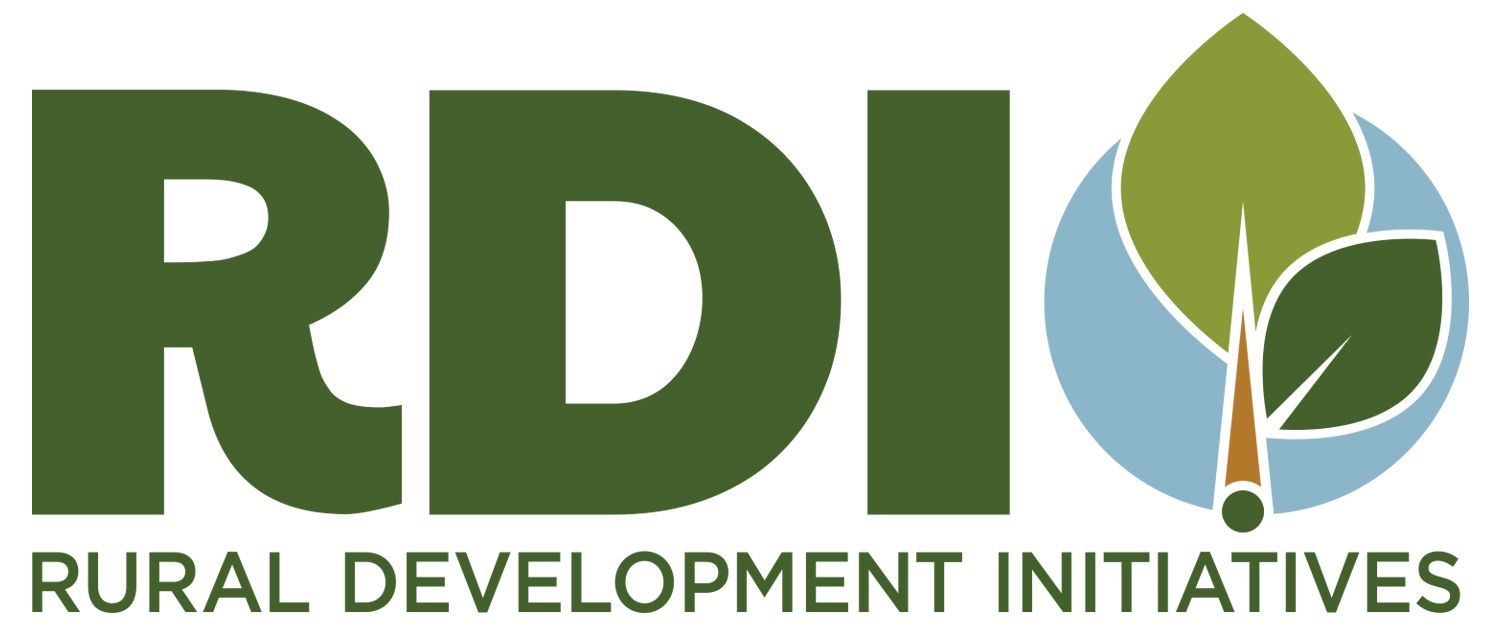Science You Can Use
If you want to be in the know about what is going on in the native seed industry, you’ve come to the right place. We will post Abstracts and Summaries of important scientific research to enhance your success! Come back often!
"Large wildfires have dominated the news in much of the western U.S. this past summer. Conservancy scientists working in rangelands and forests are engaged in many efforts to understand, cope with or avoid the effects of these fires. In fact, one Conservancy field crew working in the Northern Great Basin Experimental Range (NGBER) was chased from their beds and field work by one of these fires for a few days. They were collecting data on novel restoration approaches to reduce the vulnerability of sagebrush habitat to large wildfires beforehand and recover more successfully after the fires. This involved replacing one of the key culprits contributing to wildfires in the west, cheatgrass, with native plant species."
-Jay Kerby, Rangeland Ecologist for The Nature Conservancy in Oregon
To learn more, click here.
Are local plants the best for ecosystem restoration? It depends on how you analyze the data
Bucharova, A (Bucharova, Anna)[ 1,2 ] ; Durka, W (Durka, Walter)[ 3,4 ] ; Holzel, N (Hoelzel, Norbert)[ 5 ] ; Kollmann, J (Kollmann, Johannes)[ 6,7 ] ; Michalski, S (Michalski, Stefan)[ 3 ] ; Bossdorf, O (Bossdorf, Oliver). 2017. ECOLOGY AND EVOLUTION 7: 10683-10689
Abstract
One of the key questions in ecosystem restoration is the choice of the seed material for restoring plant communities. The most common strategy is to use local seed sources, based on the argument that many plants are locally adapted and thus local seed sources should provide the best restoration success. However, the evidence for local adaptation is inconsistent, and some of these inconsistencies may be due to different experimental approaches that have been used to test for local adaptation. We illustrate how conclusions about local adaptation depend on the experimental design and in particular on the method of data analysis. We used data from a multispecies reciprocal transplant experiment and analyzed them in three different ways: (1) comparing local vs. foreign plants within species and sites, corresponding to tests of the local is best paradigm in ecological restoration, (2) comparing sympatric vs. allopatric populations across sites but within species, and (3) comparing sympatric and allopatric populations across multiple species. These approaches reflect different experimental designs: While a local vs. foreign comparison can be done even in small experiments with a single species and site, the other two approaches require a reciprocal transplant experiment with one or multiple species, respectively. The three different analyses led to contrasting results. While the local/foreign approach indicated lack of local adaptation or even maladaptation, the more general sympatric/allopatric approach rather suggested local adaptation, and the most general cross-species sympatric/allopatric test provided significant evidence for local adaptation. The analyses demonstrate how the design of experiments and methods of data analysis impact conclusions on the presence or absence of local adaptation. While small-scale, single-species experiments may be useful for identifying the appropriate seed material for a specific restoration project, general patterns can only be detected in reciprocal transplant experiments with multiple species and sites.
RECOMMENDATIONS FOR INCREASING THE SUPPLY AND LOWERING THE COST OF NATIVE PLANT MATERIALS IN NEVADA THROUGH STRATEGIC SUPPORT OF THE NATIVE PLANT MATERIALS INDUSTRY---UNIVERSITY CENTER FOR ECONOMIC DEVELOPMENT UNIVERSITY OF NEVADA, RENO
Executive Summary
This report provides policy recommendations for supporting the development of the native plant material (NPM) industry in Nevada with the goal of increasing the supply and lowering the cost of NPMs for use in rangeland restoration projects. These recommendations—which are based on stakeholder interviews, analyses of available data, and a review of existing literature—fall into three categories:
Policies Influencing Demand –
State and Federal agencies can help to stabilize the demand for NPM in Nevada by:
Developing seed menus to align land managers’ NPM purchases across jurisdictions.
Documenting the contribution of NPM to restoration project outcomes.
Increasing land manager outreach in the use of locally-adapted NPM and appropriate restoration technologies
Increasing partnerships with non-governmental organizations to fund NPM use in restoration projects on public land in Nevada.
Policies Supporting Supply –
State and Federal agencies can support the supply of NPM in Nevada by:
Empowering a single state agency to coordinate NPM procurement for all state projects, which should facilitate relationships between growers, land managers, and researchers
Expanding the use of public-private risk-sharing contracts to increase the supply of NPM produced under cultivation
Creating a foundation seed bank to provide growers with a reliable source of foundation seed for seed increases
Streamlining wildland collection permitting processes.
Policies Providing General Industry Support –
State and Federal agencies and nongovernmental organizations can support the NPM industry in Nevada by:
Expanding State, Federal, and University of Nevada, Reno, plant materials development activities to increase the number of released NPM species that are locally adapted for Nevada
Increasing grower outreach and technical assistance
Standardizing data collection to develop forecasts of anticipated NPM needs
Expanding public warehouse capacity, including refrigerated storage.
This report also includes:
A comprehensive list of NPM users in Nevada
A description of the current capacity to produce NPM in Nevada
A description of the network of Federal, State, and non-governmental entities that currently support the NPM industry in Nevada
A detailed analysis of NPM use by the Bureau of Land Management in Nevada
A comprehensive list of challenges to producing NPM under cultivation
A framework to identify what additional policies are required to support a stable supply of specific NPMs given their risk profiles
This report was prepared by: Dr. Michael H. Taylor, Ph.D. Assistant Professor, Department of Economics, University of Nevada, Reno and State Specialist, University of Nevada Cooperative Extension Mr. Richard D. Bartholet Research Associate at the University Center of Economic Development, University of Nevada, Reno and Director of the Ozman Center for Entrepreneurship, University of Nevada, Reno Mr. Sourik Banerjee Graduate Student, Department of Economics, University of Nevada, Reno
This report was funded by the U.S. Fish and Wildlife Service as part of the “Great Basin Cooperative Ecosystem Studies Unit (GBCESU): Research to Enhance Restoration of Greater Sage-Grouse Habitat through Improved Production and Establishment of Critical Native Plant Species” project at the University of Nevada, Reno.
To request an electronic copy of this report or if you have any questions about its contents, please contact Michael H. Taylor at taylor@unr.edu or (775) 784-1679.







